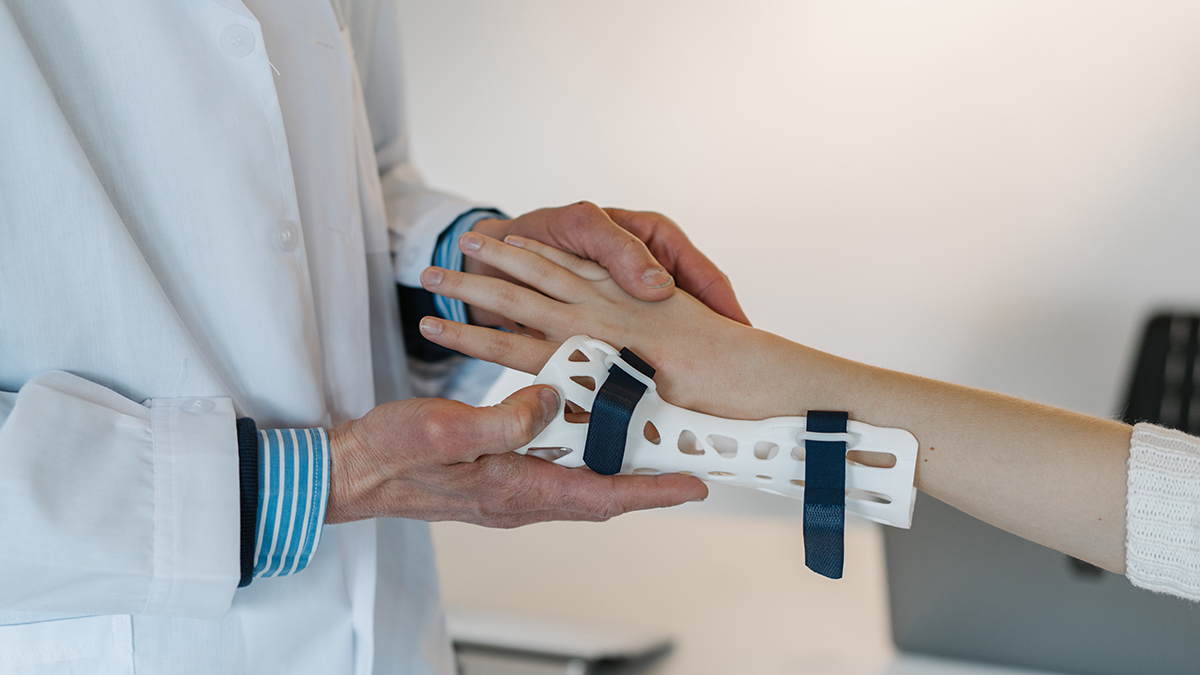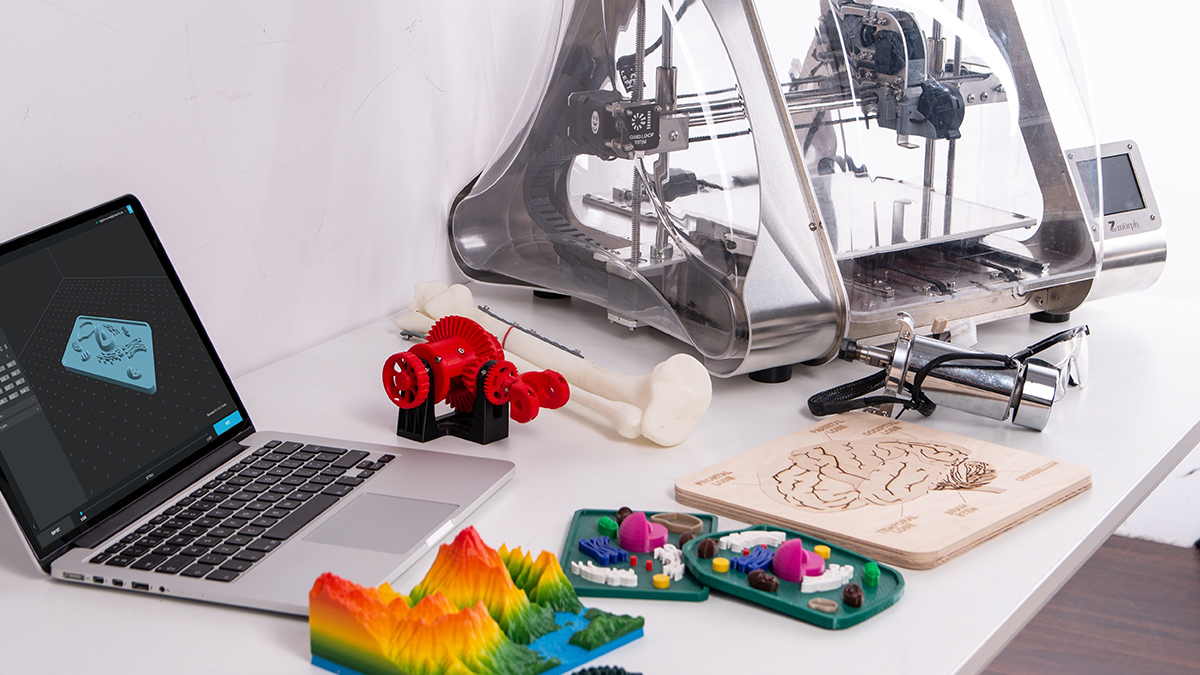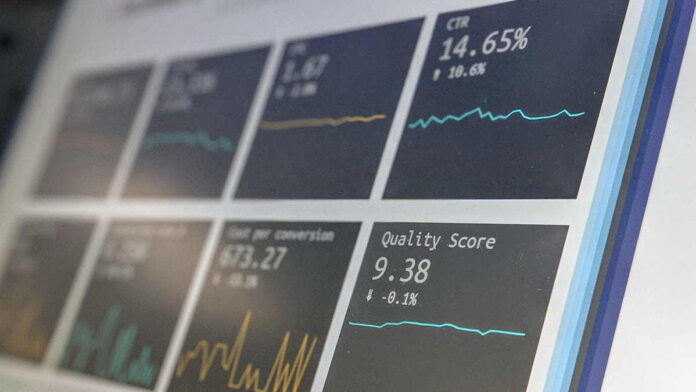The rapidly growing 3D printing market closed 2019 with a value of 11.58 billion dollars. 3D printing technology is adopted in many sectors, especially in the areas of health, automotive, aerospace and defense. It is widely preferred because of its low cost, time saving and solutions to the insufficiencies of conventional methods. The negative impact of the Covid-19 pandemic on end-use industries has also affected the 3D printing industry in parallel. However, supply chain deficiencies were quickly resolved by taking advantage of 3D printing technology during the Covid-19 pandemic process. So what awaits the global 3D printing market in the next 5 years?
Covid-19 pandemic shifts 3D printing market balances
Between 2020 and 2025, the global 3D printing market is expected to grow between 18% and 30% annually. Having looked at the pre-pandemic researches; according to Market Data Forecast‘s report published in February 2020, the global 3D printing market is estimated to reach approximately 44 billion dollars by 2025, with an annual growth of 20%. In reference to the report of Mordor Intelligence, the 3D printing market is predicted to reach a value of 63.46 billion dollars by 2025 with an annual growth of 29.48% in the forecast period of 2020-2025.
By 3D Hubs‘ ‘3D Printing Trends 2020’ report, analysts anticipated the market to experience an average annual growth of 24% over the next five years and reach 35 billion dollars by 2024. While this growth rate is projected to double every about three years, however, variable external factors are reputed to lead to growth of between 20% and 28%, resulting in a market size of less than 24 billion dollars or over 45 billion dollars in 2024.
In MarketsAndMarkets‘ report dated July 2020, after the Covid-19 pandemic, the market is expected to reach a value of 30.2 billion dollars with an annual growth of 18% between 2019 and 2025. In 2020, the market is estimated to see a decline of more than 19% compared to pre-Covid-19 predictions. One of the main reasons for this is that although 3D printing machine operations are expected to be high in 2020, most of the activities using printing machines and services are done free of cost during this time of need.

Healthcare industry takes an important place in the 3D printing market
3D printing technology has gained an important place in the health sector in recent years and continued to be used in the production of masks and test swaps during the Covid-19 pandemic. Companies produce face shields, N95 masks and other equipment on 3D printing machines to help doctors, medical professionals, and individuals to struggle with the novel coronavirus. 3D printing technology is widely preferred in transplantation, implant, 3D printed organ etc. applications. In this way, customised prosthesis and organs are produced to increase the level of compatibility and shorten the post-treatment period. With these features, a significant revenue and sales are expected in the following years in the health sector; where 3D printing technology is rapidly adopted. Along with the health sector; automotive, aerospace and defense sectors are among the areas where the most growth will take place.
Basically, 3D printers on the market are divided into desktop and industrial categories. Application areas for desktop 3D printers include education, fashion and jewellery, small-sized objects, dentistry, food and others. As for industrial 3D printing technologies are used in automotive, aerospace and defense, healthcare, consumer electronics, industrial, power and energy and other areas. Aerospace and defense, healthcare and automotive applications are predicted to contribute significantly to the growth of industrial additive manufacturing over the forecast period; thanks to the active adoption of technology in the various manufacturing processes associated with these applications. The largest market in the world for industrial 3D printing machines is the United States; followed by Japan, Germany and China.
The highest rate of growth in the 3D printing market is expected from Asia Pacific
According to the reports, the North America 3D printing market dominates global trade. Some factors are shown among the reasons for this, such as the early adoption of 3D technology, the presence of important actors from 3D market and R&D investments. Europe also has an important distributor position in the world market. In the coming years, the Asia Pacific market, which is increasingly adopting 3D printing technology in the healthcare industry and manufacturing processes; is predicted to reach the highest annual growth rates. United States based Stratasys and 3D Systems dominate the 3D printing industry on the basis of revenue.
Prototype applications will have the largest share
Prototype applications hold an important place in 3D printing. Rapid prototyping or 3D prototyping, as its name signifies, saves cost and time by reversing slow and costly process conditions. Prototype applications have been adopted in other sectors, especially in the automotive and aerospace; and these are estimated to have the largest share in the 3D printing market in the next 5 years. The hardware segment has the largest area among hardware, software and service components; and this is predicted to maintain this position in the years ahead.

3D materials market will grow slowly in 2020
By the report of MarketsAndMarkets, global 3D printing materials market size is anticipated to increase from 1.6 billion dollars to 4.5 billion dollars between 2020 and 2025, with an annual growth of 23.5%. However, the Covid-19 pandemic negatively impacted some end-use industries such as aerospace and defense, automotive, and construction. For this reason, while a slow growth is expected in the global 3D materials market in 2020 due to the decreasing demand for 3D printing materials; it is thought that the demand will increase more with the recovery of the end-use industries in the next 5 years. China is the fastest growing country in the 3D printing materials market; because of the presence of large 3D printing materials manufacturers and the developing growth of various end-use industries.
Among 3D materials, the polymer segment had the largest market share in 2019 compared to the metal and ceramic segments. However, the metal segment is expected to have the largest market share and maintain its leadership throughout the forecast period. The metal segment is projected to expand at the highest annual growth rate of over 19% during this period. Increasing R&D studies for 3D printing technologies such as FDM and inkjet printing is driving demand for ceramic additive manufacturing, while the segment is estimated to expand with an annual growth of more than 16% over the forecast period. It is estimated that titanium and titanium alloys, one of the most preferred and biocompatible metals in medical applications; will be among the sub-segments that show the highest growth rate in this process.
The growth rate of DMLS technology will increase
FDM, SLA, DMLS and SLS are in the midst of the important technologies used for 3D printing in the market. According to the reports prepared, it is anticipated that the highest growth rate will be realized in direct metal laser sintering (DMLS) technology in the projected period; while the demand for FDM and SLA, which are among the most adopted technologies in the 3D printing industry, is expected to continue in the future. In addition, it is predicted that there will be a significant increase in the adoption of DLP, EBM, inkjet printing technologies; that can be applied in custom additive manufacturing processes, including DMLS.
When developing machines and systems, accuracy and precise dimensioning of functional parts are of paramount importance. The functional parts segment is expected to record a substantial annual growth of 14.9% from 2020 to 2027; in parallel with the growing demand for designing and building functional parts. In addition, the demand for equipment is expected to increase at a significant rate during the forecast period. The demand for product customisation, the increased use of consumer electronics and electrical devices; and the growth in renewable energy are among the reasons for this expectation of increase. Moreover, it is predicted that in the upcoming period; the spread of IoT (Internet of Things) and developments such as automation will offer various opportunities.

Recent technological advances in the 3D printing industry
In 2017, a team of engineers from Pohang University of Science and Technology developed “bio-blood vessels”; using 3D printing with material from the human body. These blood vessels act as channels transporting drugs directly to the inserted site; so these increase the chance of the implant’s success. According to the statement of Jan Jing Ah, from the team, it is predicted that different types of implants will be possible; such as creating arteries by layering the walls of blood vessels.
In April 2018, Stratasys launched its next generation PolyJet 3D printers for rapid prototyping applications in various end-use industries. This new product launch is expected to provide a platform for new polymer materials; that can be used in a variety of prototyping applications on Stratasys’ PolyJet printers.
3D Systems and CollPlant Biotechnologies announced in 2020 that they signed a joint development agreement; that aims to play a key role in advancing and accelerating breakthroughs in the biomedical industry. The companies plan to create integrated 3D bioprinting solutions consisting of state-of-the-art 3D bioprinters and BioInks to produce tissue and scaffold.
In 2019, SLM Solutions Group AG and Divergent Technologies signed a letter of intent to acquire next-generation AM machines; and to further deepen their strategic partnership. The alignment between machines, software and materials between the two companies; will provide a step towards change from stand alone AM machines to fully integrated smart factories.
In February 2018, it was announced that Trinity College Dublin in Ireland will become the purchaser of a new specialist 3D bioprinting facility, backed by a collaboration between multinational medical device and pharmaceutical company Johnson & Johnson and the AMBER research center. Used as a 3D bioprinting research laboratory, the facility is envisaged to conduct research in the field of orthopedics; and transform service provision for patients and buyers.
